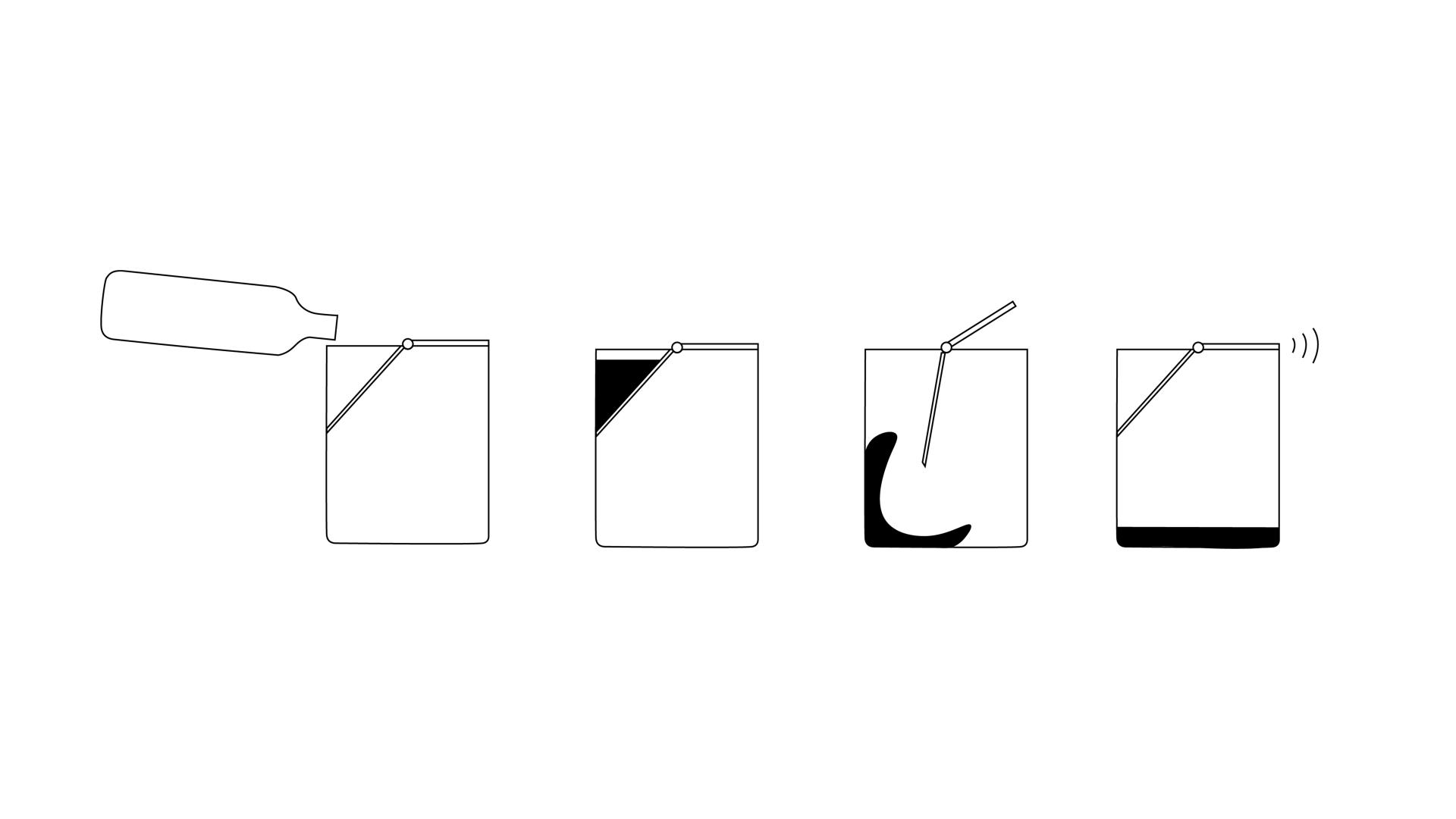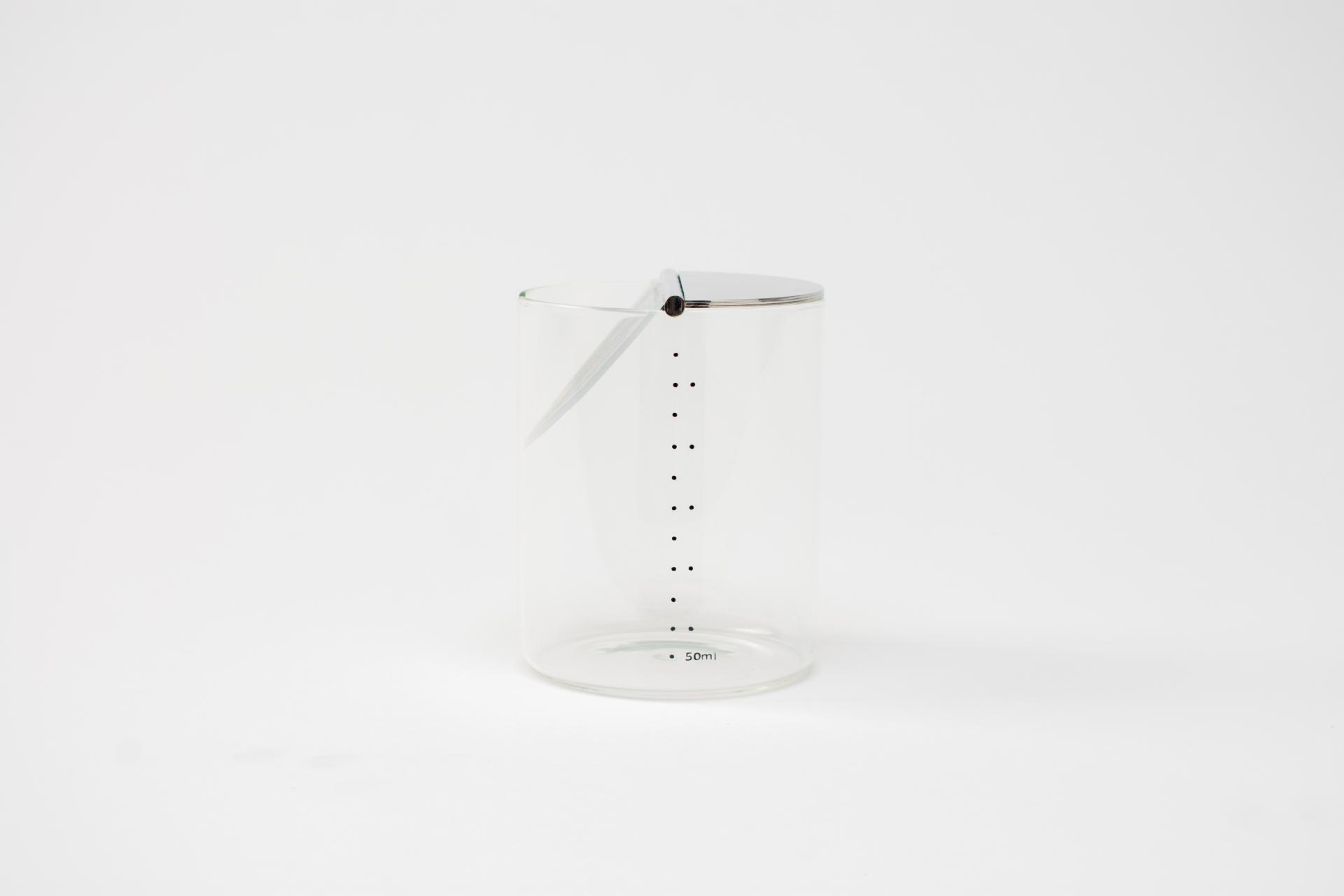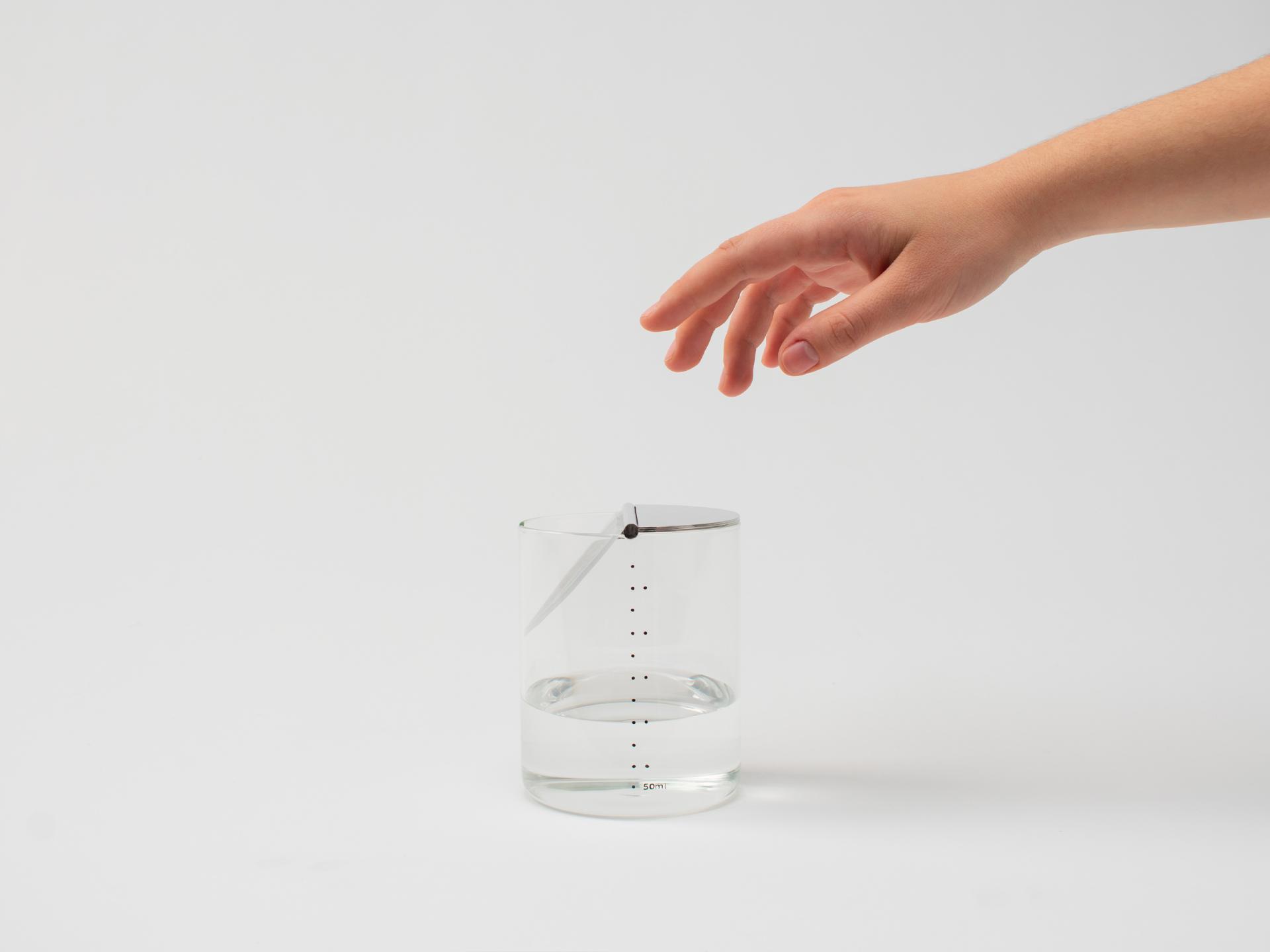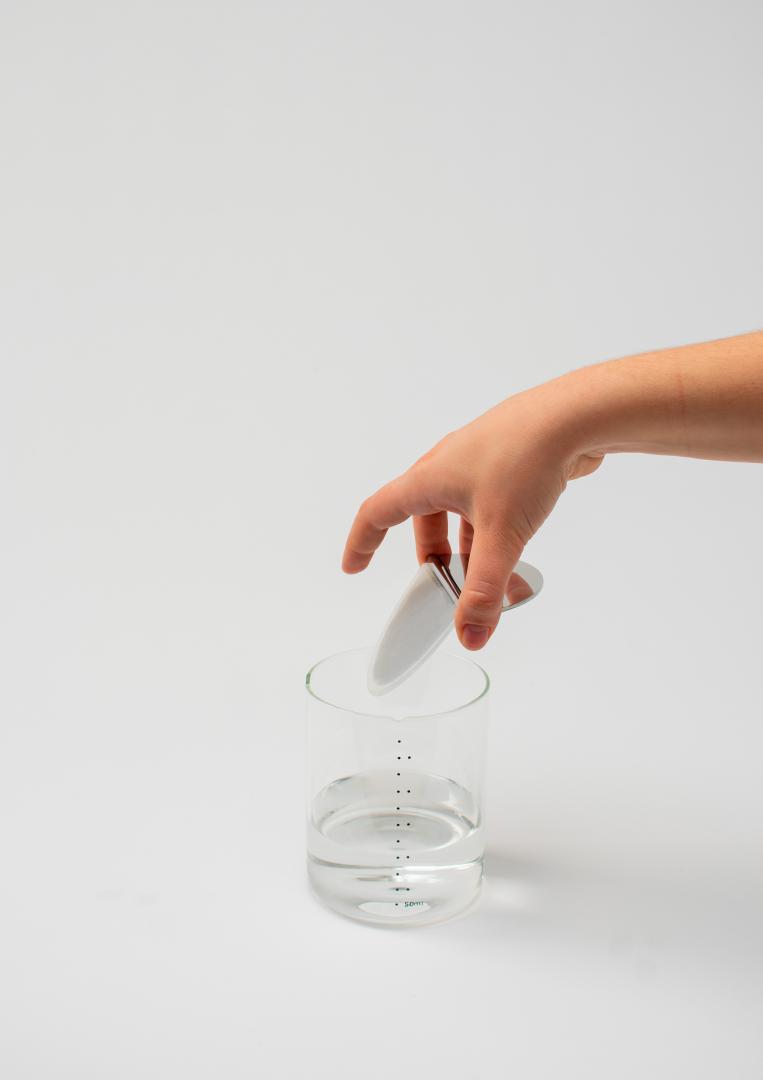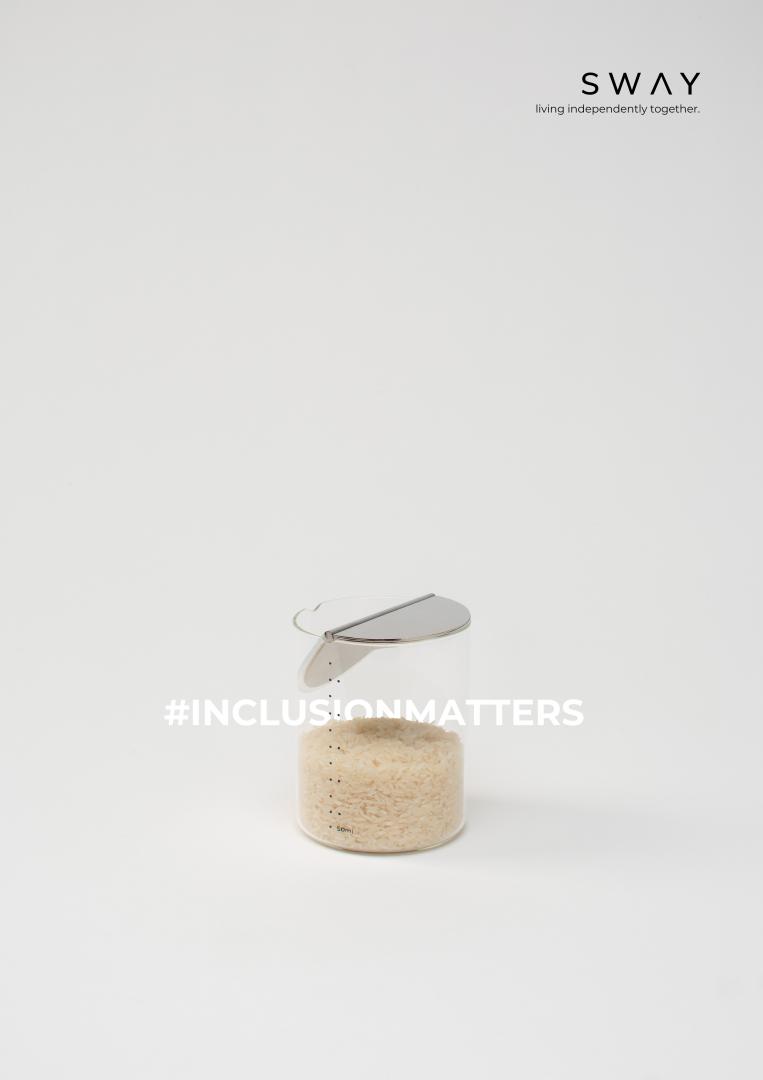Sway
Basic information
Project Title
Full project title
Category
Project Description
There are 36 millions of blind people in the world. Measuring is a challenge for them. Products on the market are designed for sighted. These give visual feedback, which blind people cannot perceive.
Sway translates that visual Information into auditory. It generates a sound feedback for the user as he/she pours. The user counts the number of sounds produced and thus know the exact amount. The instrument works with both solids, such as rice and sugar, and liquids, such as water and oil.
Geographical Scope
Project Region
Urban or rural issues
Physical or other transformations
EU Programme or fund
Which funds
Description of the project
Summary
Sway was inspired by japanese water fountains. Is a device made to frighten away animals in the garden. When the mechanism starts working, the bamboo tube makes a sharp sound everytime it hits the rock. Blind people can not see, but we can take advantage the other senses such as hearing. So the idea is convert that visual information into sounds that they can hear.
Sway has a the same mechanism. A lid is placed on the container as a seesaw. It has two flaps, the thick part weighs 50 grams more than the other. When the weight of the liquid or solid it carries exceeds 50 grams, it swings down and empties. Once emptied, the weight of the thick side is again heavier. Instantly, the lid returns to its initial position. On its return, it bumps against the edge of the container. Producing an audible feedback sound to the user. Informing the user that 50 grams or millilitres have been poured. The user counts the number of sounds produced and thus know the exact amount.
1 x sound = 50ml = 50g
Key objectives for sustainability
Sway generates a beneficial impact on people’s health and well-being. It also has a positive environmental impact.
Sway is a very simple product which uses only 3 materials. The main part is a borosilicate glass container. The lid is made of Stainless steel with a platinum silicone cover. We obtain the product through a few essential manufacturing processes. Then the product is packaged in a cardboard box wrapped in Kraft paper. All the materials used are 100% recyclable.
The chosen materials have a very high chemical and mechanical resistance. Which allows their service life to be longer. They resist more shocks and breakages. In case of breakage or future upgrades, all parts can be purchased separately. Avoiding unnecessary expenses and material waste. Old or broken parts are subsequently recycled for the production of new parts.
Sway has a clean and sustainable lifecycle.
Raw materials > production > packaging > distribution > use > repair/upgrade > disposal > recycling > raw materials > ...
Key objectives for aesthetics and quality
One of the goals is to have a simple and easy to understand product. Blind people can not see, so the product has to be so pure and simple that they can understand it by touch. Erasing all the complicated stuff and keep the essential.
Sway has an ordinary aesthetic, without standing out. It appears like a normal container, not a specialised tool. The instrument tries to include everyone, it should not draw too much attention to itself.
The another goal is to avoid becoming a medical accessibility tool. Special things demand attention for the wrong reason, interrupting potentially good atmosphere with their awkward presence. When you have some kind of disability and need to use a specialised tool in public. It feels like you have tag on you face that says "I am the disabled/sick person."
Key objectives for inclusion
Sway can be used by both sighted and blind people. Is an inclusive design that solves the problem of the blind people. And extending the solution to the sighted.
In families that has member who is blind. It tends to have two kind of tools, one for the sighted and another for the blind. In many occasions, the blind person feels like excluded from the family because they are different. They can not do things without help. They feel inferior.
Sway blurs this difference between people and improves the living conditions of both. Because now everyone uses the same tool. Blind people can do the same as sighted people.
That's what I call "living independently together".
Physical or other transformations
Innovative character
If we draw a Venn diagram with sustainability, aesthetic and inclusion. Then find a logical relation between them. It could be the minimalism of Sway. Keep the essential and remove all that is superfluous.
Fewer components means less material are used and processed, lead to easy recycling. That is sustainability.
A Simple appearance, quit from design pollution and avoid the product hard to understand. That is aesthetic.
Easy to use, even for people with disabilities. That is inclusion.

